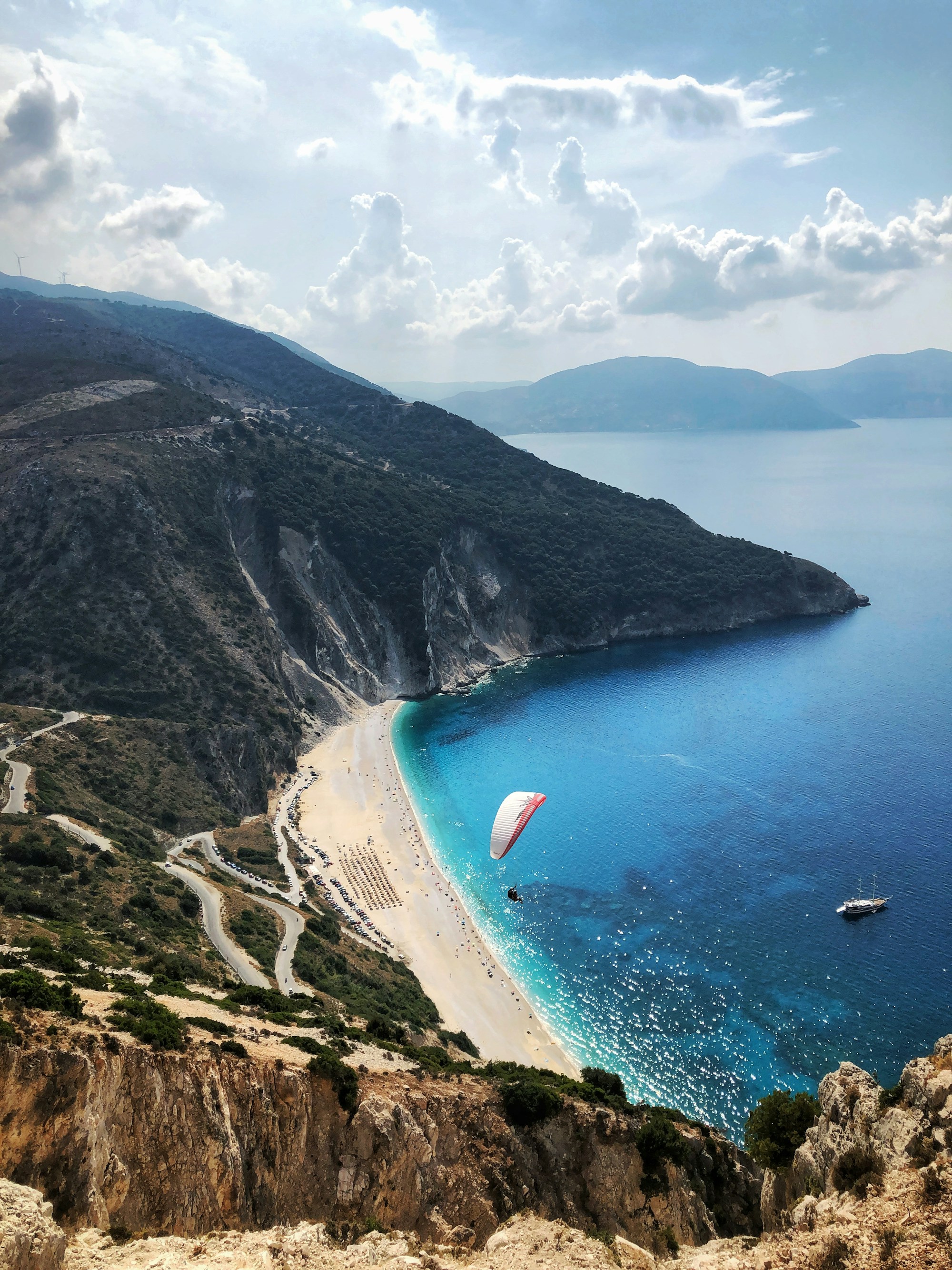Kefalonia Travel Guide: History, Customs, Festivals & Traditions
Explore Kefalonia: a guide to its rich history, vibrant customs, lively festivals, and unique island traditions.

Kefalonia Travel Guide: History, Customs, Festivals & Traditions
Introduction
Kefalonia, the largest island in the Ionian Sea, is a gem of natural beauty, cultural richness, and historical significance. Known for its stunning beaches, crystal-clear waters, and charming villages, Kefalonia offers both relaxation and intellectual stimulation for every traveler. This comprehensive guide will delve into the island's rich history, customs, festivals, and traditions, ensuring you have an immersive and enriching experience.
Historical Context
Kefalonia has a tumultuous history that dates back to ancient times. The island has seen various rulers, from the ancient Greeks to the Romans, Venetians, and Ottomans, each leaving their own imprint on its culture and architecture.
Ancient History
Kefalonia was an important center during ancient times, particularly in the Mycenaean period (1600-1100 BC). The island is mentioned in Homer's epic, the "Odyssey," as the land of King Odysseus. Archaeological sites such as the ancient acropolis of Sami and the Mycenaean tombs offer a glimpse into this bygone era.
Medieval Period
During the Byzantine period, Kefalonia was a crucial military outpost. The Crusaders also used the island as a stopover. The Venetians took control in the 16th century and fortified the island with impressive defenses, including the Castle of Saint George.
Modern Era
Kefalonia was united with Greece in 1864 after centuries of foreign rule. The island suffered a devastating earthquake in 1953, which led to significant rebuilding. Despite the challenges, Kefalonia retained its unique blend of cultures and traditions.
Local Customs and Traditions
Kefalonia's customs and traditions are a blend of its diverse historical influences and the natural rhythm of island life.
Language and Communication
Greek is the official language, but English is widely spoken, especially in tourist areas. Understanding a few basic Greek phrases can enrich your experience and endear you to the locals.
Traditional Music and Dance
Music and dance play a vital role in Kefalonian culture. The island has its own traditional dances such as the "Balos" and "Kalamatianos." These dances are often performed during festivals and social gatherings.
Cuisine
The local cuisine is a delightful blend of Mediterranean flavors. Be sure to try traditional dishes like:
- Robola Wine: A local white wine that is famed for its crisp and fruity flavors.
- Bakaliaros Skordalia: Fried cod fish served with a garlic puree.
- Riganada: A type of bread salad made with tomatoes, onions, and oregano.
Festivals and Events
Festivals and events are a vibrant part of life in Kefalonia, offering visitors an unforgettable glimpse into the island's cultural fabric.
Saint Gerasimos Festival
This is the most significant religious event on the island, celebrating Saint Gerasimos, the patron saint of Kefalonia. The festival is held twice a year, on August 16th and October 20th. Pilgrims from all over Greece come to participate in the liturgies and processions held at the Monastery of Saint Gerasimos.
Carnival
Kefalonia's carnival, or "Apokries," is a lively event filled with parades, costumes, and traditional dances. It usually takes place in February or March, culminating in a grand parade on the last Sunday before Lent.
Wine Festivals
Given Kefalonia's reputation for its excellent wines, especially Robola, wine festivals are popular in various villages. These festivals typically take place in August and involve wine tastings, traditional music, and local delicacies.
Local Anecdotes and Interesting Facts
Kefalonia is not just rich in history and culture; it's also a place full of intriguing stories and fascinating facts.
The Legend of Melissani Cave
Melissani Cave, with its stunning underground lake, is steeped in mythology. According to legend, the cave was named after a nymph, Melissani, who drowned herself in the lake because her love for the god Pan was unrequited. Today, the cave is a must-visit attraction, especially during midday when the sun illuminates the water, creating a magical effect.
The Impact of the 1953 Earthquake
The earthquake of 1953 devastated Kefalonia, leading to significant loss of life and infrastructure. Despite this, the islanders showed remarkable resilience. Villages were rebuilt, and new architectural styles emerged, blending traditional designs with modern needs.
Hollywood Connection
Kefalonia gained international fame when it was chosen as the filming location for the movie "Captain Corelli's Mandolin," starring Nicolas Cage and Penelope Cruz. The film showcased the island's breathtaking scenery, leading to a surge in tourism.
Travel Tips
Here's some practical advice to help you make the most of your Kefalonian adventure:
- Best Time to Visit: The ideal time to visit Kefalonia is between May and October, when the weather is warm and sunny.
- Getting Around: Renting a car is the most convenient way to explore the island. There are also local buses, though they might not cover all attractions.
- Stay Connected: Free Wi-Fi is available in most hotels, restaurants, and cafes.
- Respect Local Customs: Dress modestly when visiting churches and monasteries, and always greet locals with a friendly "Kalimera" (Good Morning).
Conclusion
Kefalonia is a destination that offers so much more than just beautiful beaches. Its rich history, unique customs, and vibrant festivals create a tapestry of experiences that will leave you enchanted. Whether you're exploring ancient ruins, dancing at a local festival, or simply enjoying a glass of Robola wine at a seaside taverna, Kefalonia promises an unforgettable journey into the heart of Greek culture.
